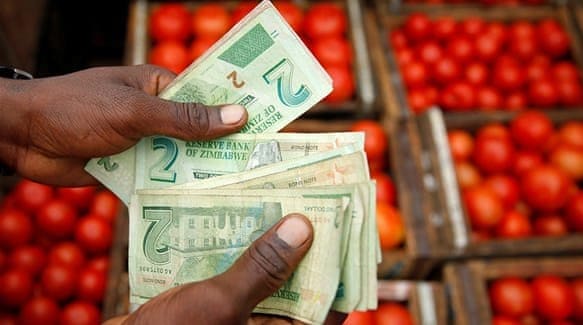The Zimbabwe dollar has reportedly been of a downward trend since its introduction through Statutory Instrument 142 of 2019 in June. The SI also scrapped the multicurrency regime that had existed since 2009 following the ditching of the original Zimbabwe dollar due to a record high inflation in 2008.
Official exchange rates on Monday this week have revealed that the new sole tender has tumbled 27.9% since then since introduction. It was being traded at around 8.77 against the dollar. Reuters reports that the plunge is even worse on the parallel market where it was being traded at 10.5 for every US dollar on Monday.
This is however contrary to reports by a state-owned paper, the Herald, which on Monday suggested that SI 142/19 resulted in the rise in prices of the local currency particularly on the parallel market as consumers need it for all domestic transactions.
The shedding of value by the Zimbabwe dollar would likely trigger a rise in inflation which is currently considered understated by some economic analysts. That would also erode the salaries of workers who are already demanding an increment.
The government is however adamant that measures meant to sustain the currency are in place. They cite a cut on the deficit account and increased production in the mining sector as some of the fundamentals which are already in place.
This has however been challenged by some analysts including the former Finance Minister, advocate Tendai Biti who has been mocking Finance Minister, Professor Mthuli Ncube, over his purported surplus.

